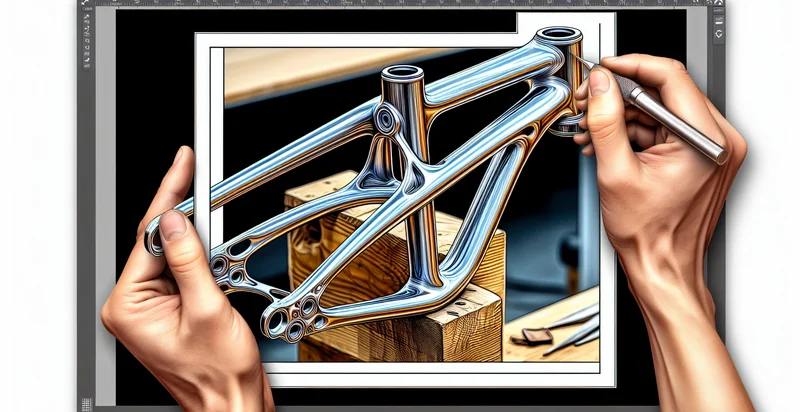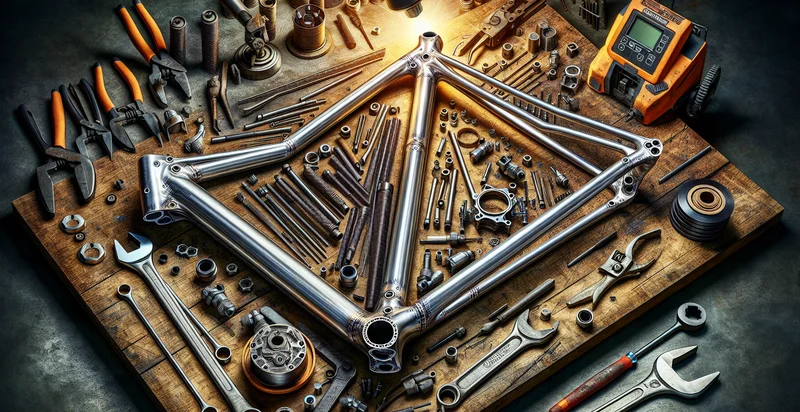Identify bike brake make
using AI
Below is a free classifier to identify bike brake make. Just upload your image, and our AI will predict the make of your bike's brake. - in just seconds.

Contact us for API access
Or, use Nyckel to build highly-accurate custom classifiers in just minutes. No PhD required.
Get started
import nyckel
credentials = nyckel.Credentials("YOUR_CLIENT_ID", "YOUR_CLIENT_SECRET")
nyckel.invoke("bike-brake-make", "your_image_url", credentials)
fetch('https://www.nyckel.com/v1/functions/bike-brake-make/invoke', {
method: 'POST',
headers: {
'Authorization': 'Bearer ' + 'YOUR_BEARER_TOKEN',
'Content-Type': 'application/json',
},
body: JSON.stringify(
{"data": "your_image_url"}
)
})
.then(response => response.json())
.then(data => console.log(data));
curl -X POST \
-H "Content-Type: application/json" \
-H "Authorization: Bearer YOUR_BEARER_TOKEN" \
-d '{"data": "your_image_url"}' \
https://www.nyckel.com/v1/functions/bike-brake-make/invoke
How this classifier works
To start, upload your image. Our AI tool will then predict the make of your bike's brake..
This pretrained image model uses a Nyckel-created dataset and has 21 labels, including Avid, Avid Elixir, Bb7, Campagnolo, Campagnolo Record, Formula, Formula Brake, Hayes, Hope and Hope Tech.
We'll also show a confidence score (the higher the number, the more confident the AI model is around the make of your bike's brake.).
Whether you're just curious or building bike brake make detection into your application, we hope our classifier proves helpful.
Related Classifiers
Need to identify bike brake make at scale?
Get API or Zapier access to this classifier for free. It's perfect for:
- Quality Control in Manufacturing: A bike component manufacturer can employ the 'bike brake make' identifier as part of their quality control process. By quickly classifying brake types during the production stage, manufacturers can ensure that only the correct components are assembled, reducing errors and improving overall product quality.
- Inventory Management: Retailers selling bicycles and parts can use this function to optimize their inventory. By identifying and categorizing various bike brake types, they can streamline stock management, ensuring that popular models are always available and reducing excess inventory of less popular items.
- Customer Support Automation: Bike retailers can integrate this functionality into their customer support systems. When customers inquire about compatibility issues or replacements, the identifier can quickly provide accurate information regarding which brake models fit specific bike makes, enhancing customer satisfaction.
- Online Marketplaces: E-commerce platforms can incorporate the 'bike brake make' identifier to improve search accuracy and filtering options. By classifying bike brakes correctly, customers can easily find compatible parts, leading to higher conversion rates and reduced return rates due to compatibility issues.
- Enhanced Product Recommendations: Bike shops and online retailers can utilize the identification function for personalized product recommendations. By analyzing a customer's purchase history, the system can suggest the most appropriate brake models based on their bike make, boosting upsell opportunities.
- Performance Tracking and Analysis: The cycling industry can use this identifier to gather data on brake performance across different makes. By analyzing this information, manufacturers and retailers can identify trends and performance benchmarks, allowing them to innovate and improve product offerings.
- Compliance with Safety Regulations: Bicycle rental companies or service providers can employ the function to ensure that all bikes are equipped with the correct brake systems compliant with safety regulations. By verifying brake compatibility, they can enhance rider safety and avoid potential legal issues.


